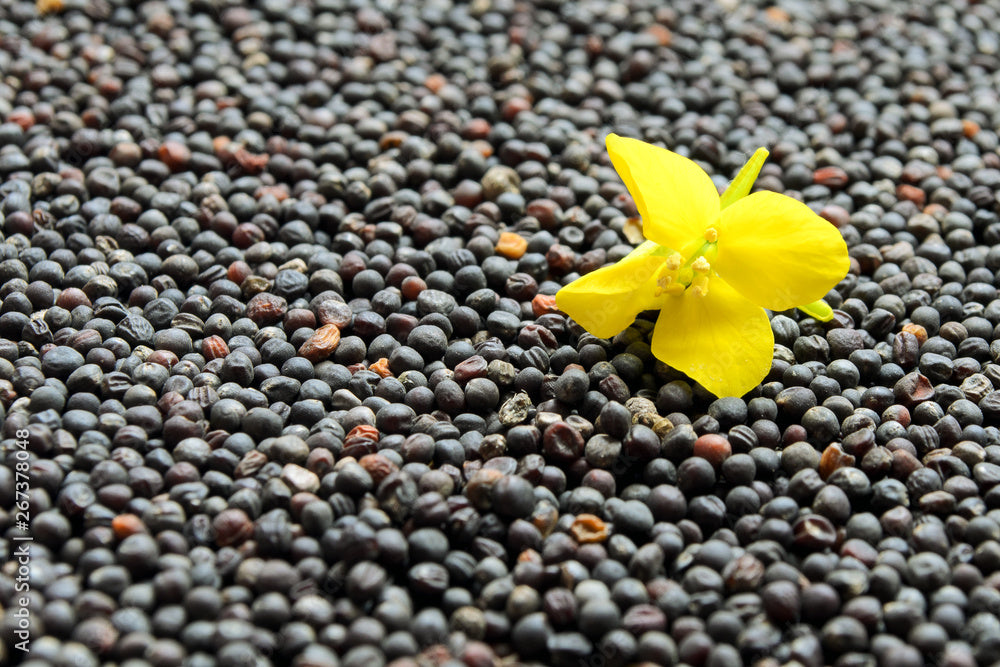
Disease Management in Rapeseed
Share
Introduction
Rapeseed, a vital crop in agriculture and industry, faces numerous challenges from diseases that can significantly impact yield and quality. Effective disease management is crucial to safeguarding rapeseed crops, ensuring sustainable production and profitability for farmers. This blog explores the common diseases affecting rapeseed, their symptoms, and proven strategies for prevention and control. By understanding these challenges and adopting proactive measures, farmers can protect their rapeseed crops and optimize their agricultural practices. Join us as we delve into the world of disease management in rapeseed to cultivate healthier, more resilient crops.

Overview of Common Diseases in Rapeseed
Blackleg (Leptosphaeria maculans): A fungal disease causing stem cankers, leading to lodging and yield loss.

Sclerotinia Stem Rot (Sclerotinia sclerotiorum): Causes wilting and death of plants, with white mold visible on affected areas.

Clubroot (Plasmodiophora brassicae): A soil-borne pathogen leading to root galls and stunted plant growth.

Impact on Rapeseed Cultivation
Economic Losses: Diseases can cause significant yield reduction and quality degradation, impacting profitability.
Environmental Concerns: Managing diseases sustainably to minimize chemical use and environmental impact is crucial.
Disease Prevention Strategies
Cultural Practices
Crop Rotation: Implement crop rotation with non-host crops to reduce soil-borne disease pressure.Sanitation: Remove and destroy crop residues and infected plant material to limit pathogen survival.
Proper Plant Spacing and Pruning
Air Circulation: Ensure adequate spacing to improve air flow and reduce humidity, minimizing fungal infections.Timely Pruning: Remove diseased parts of the plant to prevent the spread of infections.
Integrated Disease Management (IDM) in Rapeseed
Biological Controls
Beneficial Microorganisms: Use beneficial fungi and bacteria to suppress pathogenic populations in the soil.

Organic Fungicides: Apply organic treatments like neem oil and copper-based fungicides as part of a disease management strategy.

Chemical Controls
Fungicide Application: Use chemical fungicides judiciously, following recommended guidelines to avoid resistance development.Monitoring and Early Detection
Regular Scouting: Conduct frequent field inspections to identify disease symptoms early.
Diagnostic Testing: Use laboratory tests to confirm pathogen presence and tailor management strategies accordingly.
Sustainable Practices for Long-Term Management
Soil Health
Organic Amendments: Improve soil health with compost and organic matter, enhancing plant resistance to diseases.
Cover Crops: Utilize cover crops to suppress weeds and improve soil structure, reducing disease incidence.
Resistant Varieties
Selection of Resistant Strains: Grow rapeseed varieties that are resistant to common diseases for better yield and quality.Breeding Programs: Support and participate in breeding efforts aimed at developing disease-resistant rapeseed varieties.
Summary:
Effective disease management in rapeseed involves a comprehensive approach, combining cultural practices, biological controls, chemical treatments, and sustainable agricultural techniques. By adopting these strategies, rapeseed growers can minimize disease impact, enhance plant health, and improve yield and quality.
FAQs:
What are the most comon diseases affecting rapeseed?How can I prevent blackleg in my rapeseed crop?
Are there organic methods to manage sclerotinia stem rot in rapeseed?
